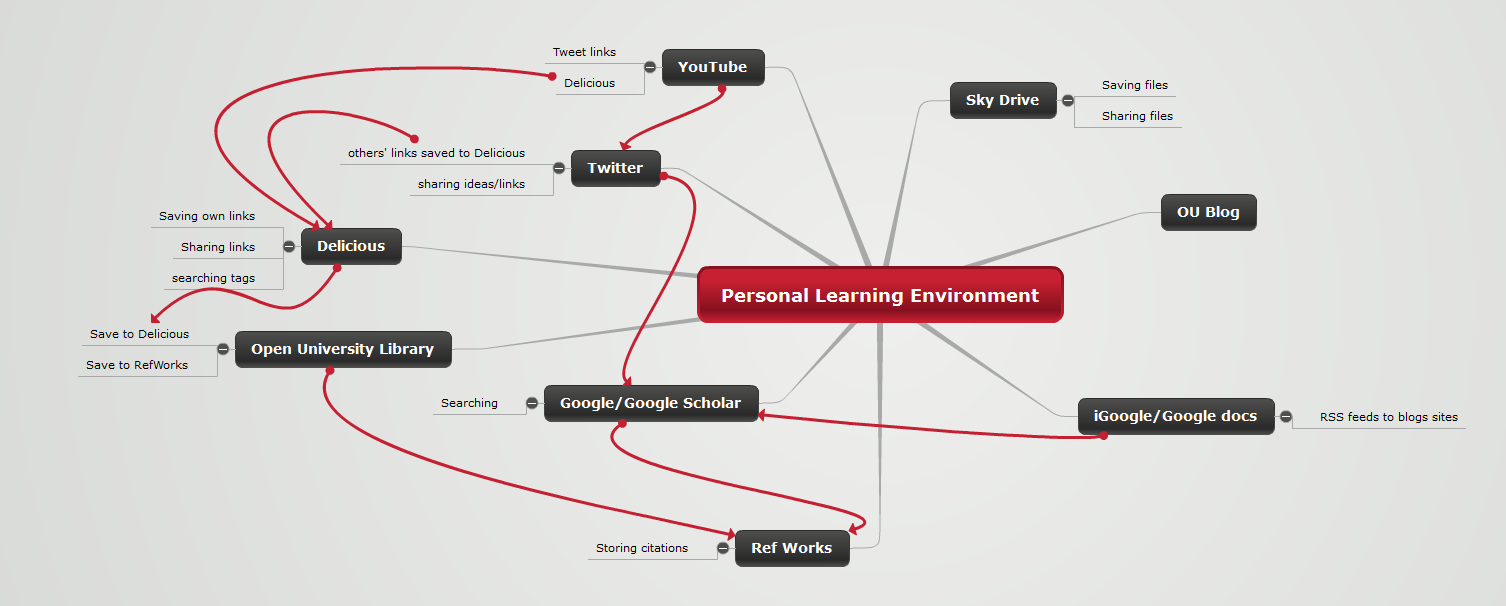Comparing the US Horizon Report , the NSF Report and the BECTA report with a report on education technology in Australia.
All the reports share several features in common. Firstly they are all optimistic about the ability of education technology to improve learning outcomes and the learner experience. The BECTA Report also suggests there are wider social benefits, developing greater social cohesion through the creation for networks for learning and communities of practice. Secondly, they identify the driving force behind adoption of technology as primarily economic, to create a future workforce and to compete effectively in the global economy. The Horizon Report suggests the US lacks scientists and engineers for example. The Australian Report also identifies the needs of the workplace as driving change as does the BECTA Report for the UK. Thirdly, the reports all argue that technology is ubiquitous in learners' lives outside of school and developments with Web 2.0 have created more tolls for use in education. A final common feature is that the reports all recognise limitations, or barriers that need to be addressed. The main barrier seems to be the slow adoption by teachers, though some innovative examples are given in the reports. The BECTA report also argues there is a lack of reliable infrastructure. The ESF Report argues that embedding digital skills is slow.
The Australian Report is very similar in tone and intention, but also argues that integrating education technology will improve outcomes for indigenous and remote learners, which are probably particular concerns to Australia. They also identify further barriers in their case, firstly, the fragmented nature of education policy between the states and, secondly, the inadequate bandwidth. The Australian proposals include: to create an agreed national future directions framework; to develop a blended approach in the classroom; and free access to publicly funded learning materials.
The reports for the US, UK and Australia all see the further adoption of education technology as important for education, to improve learning, to develop new skills for the digital workplace and to align the experience of technology in education with learners' experience outside education.
Australia's future using education technology (2004) found at http://www.dest.gov.au/NR/rdonlyres/DA49B95A-DDF8-4081-B4E7-92AD14959634/4597/aust_future.pdf
Becta (2008) Harnessing Technology: Next Generation Learning 2008-14, Becta report on behalf of the Department for Children, Schools and Families and the Department for Innovation, Universities and Skill, Coventry, Becta; also available online at http://routes.open.ac.uk/ ixbin/ hixclient.exe?_IXDB_=routes&_IXSPFX_=g&submit-button=summary&%24+with+res_id+is+res20018
National Science Foundation (NSF) (2008) Fostering Learning in the Networked World: The Cyberlearning Opportunity and Challenge, A 21st century agenda for the National Science Foundation, report of the NSF Task Force on Cyberlearning, Arlington, VA, National Science Foundation; also available online at http://routes.open.ac.uk/ ixbin/ hixclient.exe?_IXDB_=routes&_IXSPFX_=g&submit-button=summary&%24+with+res_id+is+res20019
New Media Consortium (NMC) (2009) Horizon Report, report from the New Media Consortium and the Educause Learning Initiative, Austin, TX, The New Media Consortium; also available online at http://routes.open.ac.uk/ ixbin/ hixclient.exe?_IXDB_=routes&_IXSPFX_=g&submit-button=summary&%24+with+res_id+is+res20026
